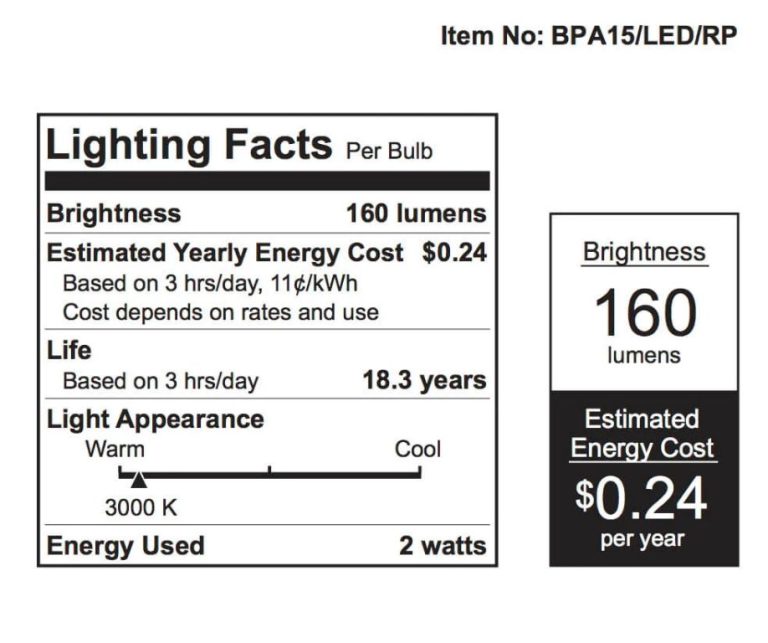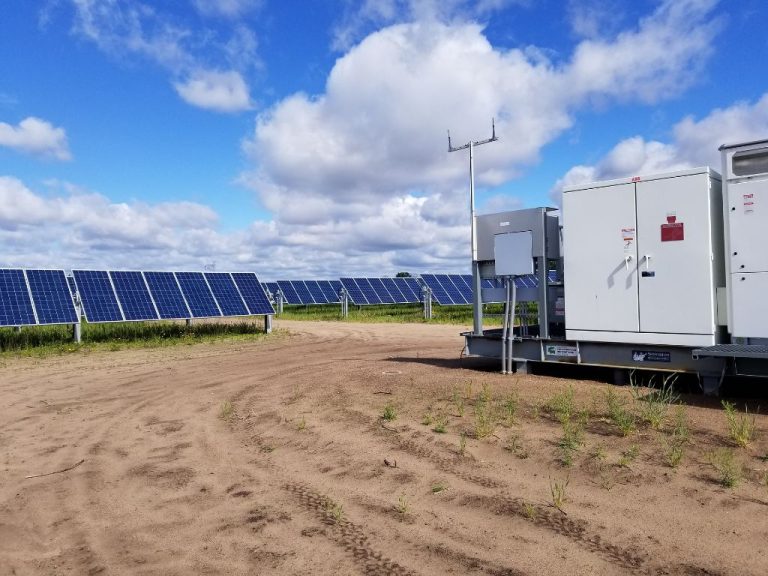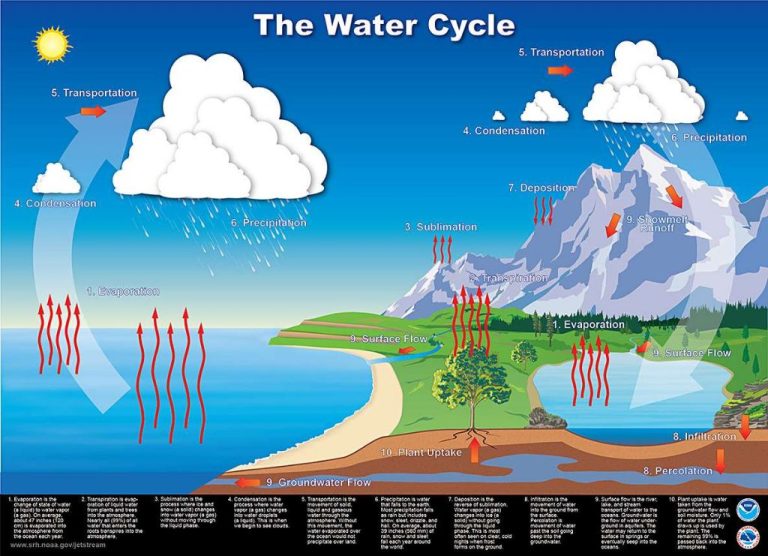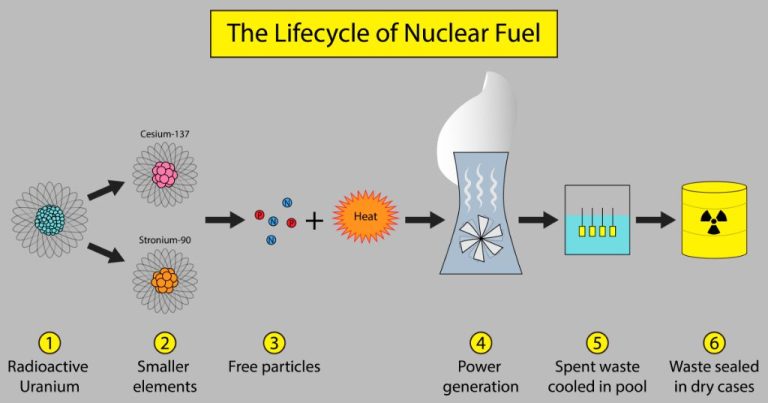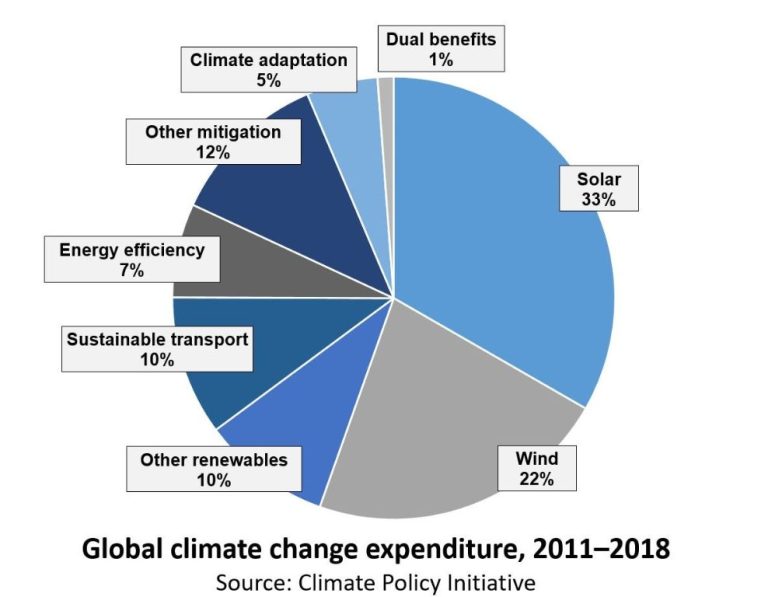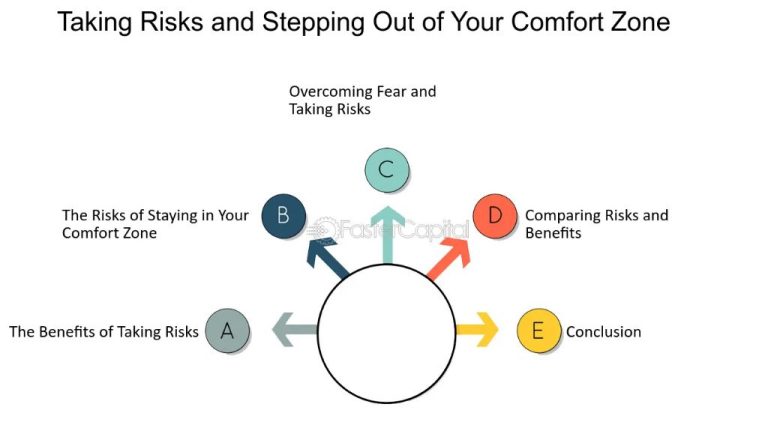What Is The Electric Power Transmission?
Electric power transmission is the bulk movement of electrical energy from a generating site, such as a power plant, to an electrical substation. The interconnected network that facilitates this movement is known as a transmission grid. Electric power transmission is an essential part of the process of delivering electricity to consumers, enabling electricity to travel long distances to reach areas of demand.
Power transmission is critical to modern society as electricity powers homes, business, and industry. Transmission lines efficiently move large amounts of power from distant generating stations to load centers like cities and towns. This model of centralized generation and distributed consumption necessitates long distance transmission.
High voltage transmission allows for more efficient movement of electricity. Power is stepped up to extremely high voltages (110 kV to 765 kV) by transformers at the generating station. This allows the current to be reduced for a given amount of power, which reduces line losses during transmission. The high voltage power is carried long distances over transmission lines to substations, where transformers step the voltage back down for distribution to end users.
History
The early development of electric power transmission dates back to the late 19th century with the introduction of the alternating current system invented by Nikola Tesla. This allowed electricity to be transmitted over long distances with less loss compared to direct current. In the 1880s, the first transmission lines were built in the US and Europe over short distances to power street lighting.
Some key innovations in transmission technology at the start of the 20th century paved the way for growth. Large polyphase AC generators made it possible to produce greater amounts of power. Transformers enabled the efficient conversion of voltages for transmission and distribution. Circuit breakers and switches became available to control and protect transmission lines. The construction of longer, higher voltage lines connected more distant generating plants to load centers.
By the 1920s, interconnected transmission grids were forming in America and Europe. Rural electrification programs in the 1930s expanded grids and brought transmission access to more remote areas. Over the decades, transmission systems grew larger and more complex to meet increasing electricity demand and interconnection requirements. Today’s transmission grids span continents and rely on advanced technologies for control, efficiency, and reliability.
How Electric Power Transmission Works
The electric power system relies on generating stations to produce electricity, transmission lines to carry it long distances, and distribution lines to deliver it to homes and businesses. Here are the main steps:
Generating Electricity
Electricity starts at power plants where electromechanical generators convert mechanical power into electrical power. The most common types are coal, natural gas, nuclear, hydroelectric, wind, and solar plants.
Stepping Up Voltage
The electricity from the power plant generators is stepped up by transformers to very high voltages. This allows the power to be transmitted long distances efficiently over transmission lines with minimal losses.
Transmission Lines and Towers
The high voltage electricity travels through overhead transmission lines supported by steel lattice towers. Underground and underwater transmission cables are also used in some cases.
Substations
Substations contain equipment to step down voltage levels further for distribution and protect electrical equipment from issues like short circuits or overloads.
Stepping Down Voltage
Transformers at substations step down the electricity again to distribution level voltages. From there, distribution lines carry the power to homes, businesses, and industrial facilities for use.
Transmission Lines
Electricity is transmitted over long distances using transmission lines. These conductors carry high-voltage electricity from power plants to substations for distribution to end users. The most common types of transmission lines are overhead lines, underground lines, and HVDC lines.
Overhead lines consist of conductors suspended by towers or poles. Aluminum conductor steel reinforced (ACSR) cable is commonly used since aluminum is a good conductor and steel provides strength. Overhead lines can transmit large amounts of power over long distances efficiently. However, they require a right-of-way cleared of trees and buildings. High-voltage overhead lines also emit electric and magnetic fields.
Underground lines transmit power below the surface in encased cables. While more expensive than overhead lines, underground lines have higher reliability and aesthetic appeal without obstructing views. However, finding and repairing faults in underground cables is more difficult. Underground lines use insulated cables made of materials like cross-linked polyethylene (XLPE).
High-voltage direct current (HVDC) lines transmit bulk power over very long distances more efficiently than alternating current lines. They use direct current electricity that allows for lower line losses. HVDC lines require converter stations at each end to convert between AC and DC. New HVDC technology allows power flow control and interconnection of asynchronous grids.
Key properties of transmission lines include resistance, inductance, capacitance, and shunt conductance. Resistance causes power losses, while inductance and capacitance determine natural frequencies. Lines are designed to keep electrical parameters within rated limits for safe and reliable operation.
Grid Infrastructure
The electric grid has an extensive infrastructure to deliver power from generating plants to customers. Some key components of this infrastructure include:
Transformers
Transformers are used to increase (“step up”) or decrease (“step down”) voltage levels between the generating station and the end user. Large transformers at power plants increase voltage for more efficient long-distance transmission. Distribution transformers reduce voltages for delivery to homes and businesses.
Circuit Breakers
Circuit breakers are automatic switches that protect the system from overload conditions or short circuits. If there’s an issue like a downed power line, circuit breakers quickly disconnect the problem area from the rest of the grid to prevent wider failure.
Monitoring Systems
Sensors, intelligent electronic devices, and supervisory control systems monitor the flow of electricity and grid components. Monitoring allows rapid detection of problems and helps grid operators maintain optimal functioning.
Control Centers
Staffed control centers use computer systems to remotely monitor and control the grid in real time. Operators can isolate issues, reroute power, and coordinate restoration efforts from these nerve centers using SCADA (supervisory control and data acquisition) systems.
Transmission Losses
As electric power is transmitted over long distances through transmission lines, some amount of energy is lost in the form of heat. There are several causes of these transmission losses:
Resistance – Transmission lines have inherent electrical resistance, which causes some power dissipation in the form of heat. Using higher voltages (230 kV or above) reduces current flow for a given amount of power, thereby reducing losses.
Skin Effect – At high frequencies, electric current tends to flow mainly near the surface of the conductor, increasing resistance. Careful conductor material selection can reduce skin effect.
Proximity Effect – In three-phase AC lines, circulating currents between the three phases increase losses. Transposition of phases and specialized conductor shapes can counteract this.
Corona Discharge – Ionization of air around conductors at high voltages creates energy loss. Larger diameter conductors reduce the electric field strength at the surface.
The typical transmission loss is about 3-5% per 100 miles. Some ways to improve efficiency and reduce losses include:
- Increasing transmission voltage – High voltage lines have proportionately lower current for a given power.
- Use of advanced conductors – Newer conductive materials and composite designs help maximize conductivity.
- Series compensation – Capacitors connected in series with the line can counteract inductive reactance.
- Low-loss tower designs – Optimization of conductor spacing and tower configurations.
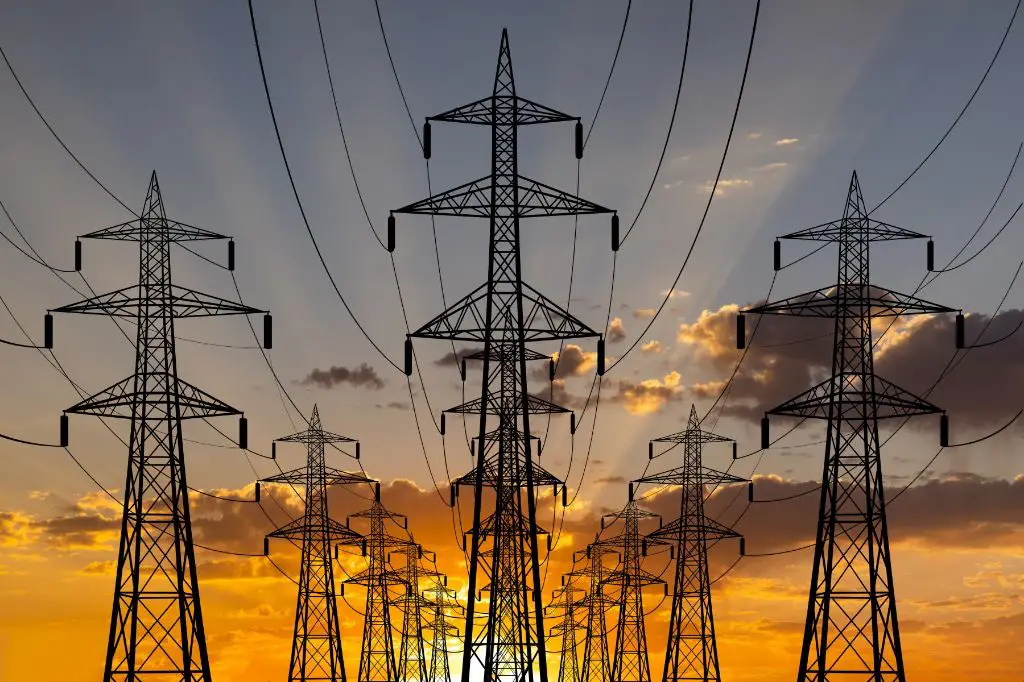
High voltage direct current (HVDC) lines also offer lower losses for very long distance transmission. Overall, continued research, infrastructure investment, and technology improvements allow the transmission grid to operate with greater efficiency over time.
Capacity and Congestion
As electricity demand grows, transmission systems require sufficient capacity to deliver power reliably. However, limited capacity can cause congestion and prevent the optimal flow of electricity. This leads to higher costs for consumers and generators.
Several factors contribute to congestion on the grid. Growing electricity usage puts more strain on existing transmission infrastructure. The location of new generation, like renewables, may be remote from load centers. Transmission bottlenecks arise when a power line reaches its capacity limit. Market and policy changes also influence power flows.
There are various solutions to address congestion issues. Building new transmission lines and upgrading existing infrastructure expands capacity. New technologies like dynamic line rating and flow control devices optimize usage. Market reforms that price congestion allow more efficient grid operation. Grid operators can redispatch generation to alleviate congested paths. Transmission expansion planning focuses on meeting reliability needs and relieving congested interfaces.
Reliability and Resilience
The reliability and resilience of the electric grid is critically important. Power outages can have major impacts on homes, businesses, and entire communities. There are many potential threats to reliability that must be safeguarded against.
Some of the biggest threats to reliability include severe weather like hurricanes, ice storms, and heat waves. Cyber attacks and physical attacks are also growing concerns. Aging infrastructure that has not been properly maintained can also cause more frequent outages and failures.
To improve resilience, utilities are taking measures to harden the grid infrastructure against disasters. This includes elevating substations to protect against flooding, creating redundancy in transmission paths, trimming trees near power lines, and using technologies like smart sensors to quickly detect and isolate problems.
There is also a focus on building a more flexible and agile grid that can self-heal faster when outages occur. Adding distributed energy sources like microgrids and battery storage can help keep the lights on locally. Having a well-trained workforce and effective emergency response plans are also key.
Maintaining reliability and resilience requires ongoing investment, planning, and vigilance. But ensuring a robust and stable electric grid is vital for supporting the economy and our way of life. As the grid faces new challenges, from climate change to cyber threats, continued efforts will be needed to keep it resilient.
Regulations and Policy
The electric transmission system in the United States is highly regulated to ensure reliable and affordable power delivery. Oversight comes from both federal and state agencies that issue permits, set rates, enforce standards, and determine how costs are allocated. Key regulations and policies related to electric transmission include:
Permitting Processes
Building new transmission lines requires extensive permitting at multiple government levels. Transmission projects generally need permits and approvals from federal agencies such as the Department of Energy and Army Corps of Engineers. State public utility commissions and environmental agencies are also heavily involved in reviewing transmission proposals and issuing any required permits. Local zoning boards may also be engaged in permitting transmission rights-of-way. This complex permitting process can lead to long delays for major interstate transmission projects.
Regulatory Oversight
The Federal Energy Regulatory Commission (FERC) has primary federal oversight of electric transmission. FERC regulates rates, access, planning, and cost allocation for transmission services. The commission has implemented policies to encourage more investment in transmission, such as incentives for building new infrastructure and forming regional planning organizations. FERC plays an important role in reviewing proposals for new interstate transmission lines.
Policy Debates
Electric transmission policy frequently sparks debate at both the federal and state levels. Key issues include determining cost responsibility for new lines, allocating transmission capacity, integrating renewables, planning for increased electrification, and hardening the grid against extreme weather events. Policymakers balance priorities including cost, reliability, resilience, and meeting public policy goals. Ongoing policy discussions help shape the regulatory landscape for transmission owners, operators, and developers.
Future Developments
The electric power transmission system is undergoing rapid changes and innovation as we transition to a cleaner and more distributed energy future. Here are some key developments expected in the coming years and decades:
Technology Innovations
New sensor, monitoring and control technologies like synchrophasors and smart grid devices will provide enhanced visibility and control over the transmission system. This will enable better optimization, identification of problems, and integration of renewables.
High voltage direct current (HVDC) transmission is expected to grow as it allows long distance transmission with lower losses. New materials like graphene may also enable a new generation of lighter, stronger and more conductive transmission lines.
Growth Projections
Global transmission infrastructure investment is projected to reach $3 trillion between 2021-2040. This growth will be driven by rising electricity demand, replacement of aging assets, and connecting new generation like renewables and microgrids.
Integrating Renewables
Major investments and innovations in transmission will be needed to support the continuing rapid growth in renewable energy. This includes interregional lines to smooth out variability, grid forming inverters, and new operating practices to maintain reliability.

